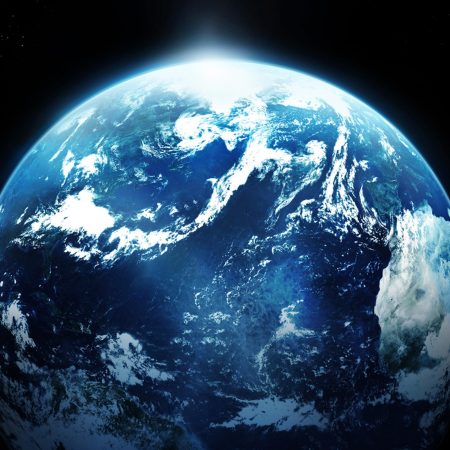Moon brought water to Earth 23/05/2019 – Posted in: Daily News – Tags: earth, molybdenum isotopes, moon, solar system
MOON BROUGHT WATER TO EARTH
For: Mains
Topic covers: How did water come to earth and related findings
News Flash
Scientists have found that a cosmic body that hit the Earth and led to the formation of the Moon about 4.4 billion years ago may have also delivered large quantities of water to our home planet, making it habitable.
The Earth is the only terrestrial planet with a large amount of water and a relatively large moon, which stabilises the Earth’s axis. Both were essential for Earth to develop life.
Aim
To associate the origin of water on Earth with the formation of the Moon.
|
New Findings |
Earlier Findings |
|
|
|
|
|
|
|
How Moon brought water to Earth?
- The molybdenum isotopes allow scientists to clearly distinguish carbonaceous and non-carbonaceous material, and as such represent a ‘genetic fingerprint’ of material from the outer and inner solar system.
- The measurements show that the molybdenum isotopic composition of the Earth lies between those of the carbonaceous and non-carbonaceous meteorites, demonstrating that some of Earth’s molybdenum originated in the outer solar system.
- The chemical properties of molybdenum play a key role because, as it is an iron-loving element, most of the Earth’s molybdenum is located in the core.
- The molybdenum which is accessible today in the Earth’s mantle, therefore, originates from the late stages of Earth’s formation, while the molybdenum from earlier phases is entirely in the core
- The results show, for the first time, that carbonaceous material from the outer solar system arrived on Earth late.
- Researchers found that most of the molybdenum in Earth’s mantle was supplied by the protoplanet Theia, whose collision with Earth 4.4 billion years ago led to the formation of the Moon.
- However, since a large part of the molybdenum in Earth’s mantle originates from the outer solar system, this means that Theia itself also originated from the outer solar system.
- According to the scientists, the collision provided sufficient carbonaceous material to account for the entire amount of water on Earth.
Source: Economic Times
You can follow us on LinkedIn and for more updates related to UPSC IAS Preparation, Like our Facebook Page and subscribe our Diligent IAS Youtube Channel

